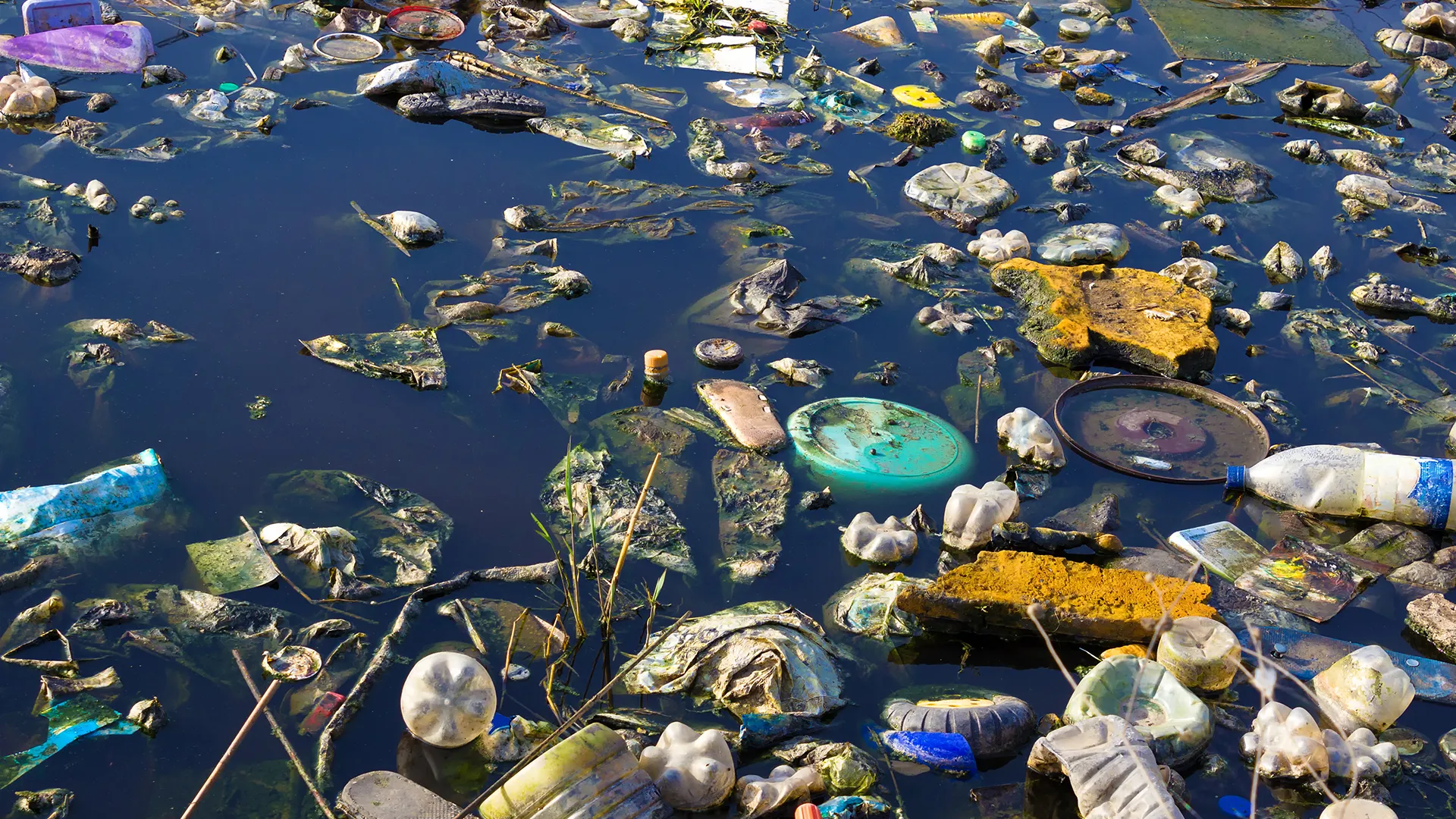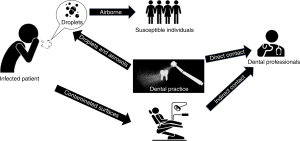- 27 February 2024
- 141
How Poliovirus in Wastewater Affects You

Introduction
In today’s world, where hygiene and sanitation are paramount, understanding the implications of poliovirus in wastewater is crucial. This article delves deep into the ramifications of poliovirus contamination in wastewater and its potential impact on human health. Explore More About Human Health (Soothing Trembling hands solution)
Understanding Poliovirus
Poliovirus, the causative agent of poliomyelitis, is a highly contagious virus that primarily spreads through the fecal-oral route. It belongs to the enterovirus genus and can survive for extended periods in the environment, particularly in water sources contaminated with fecal matter.
Transmission Routes
The transmission of poliovirus occurs through various pathways, with contaminated water being a significant vector. When untreated wastewater containing the virus enters water bodies or contaminates drinking water sources, it poses a significant risk of infection to individuals who come into contact with it.

Persistence in the Environment
One of the concerning aspects of poliovirus is its ability to persist in the environment, particularly in water sources. Even in conditions with low temperatures and minimal sunlight exposure, the virus can remain viable for extended periods, posing a continued threat to public health.
Risks Associated with Wastewater Contamination
The presence of poliovirus in wastewater introduces several risks to both public health and the environment. Understanding these risks is essential for implementing effective preventive measures.
Public Health Concerns
- Risk of Infection: Individuals exposed to wastewater contaminated with poliovirus are at risk of contracting poliomyelitis, especially in areas with inadequate sanitation infrastructure.
- Outbreak Potential: Contaminated wastewater can serve as a reservoir for the virus, increasing the likelihood of outbreaks, particularly in densely populated areas or regions with poor hygiene practices.
- Impact on Vulnerable Populations: Certain demographic groups, such as children, the elderly, and individuals with compromised immune systems, are particularly susceptible to poliovirus infection, making them more vulnerable to its adverse effects.
Environmental Impact
- Contamination of Water Sources: Wastewater discharge containing poliovirus can contaminate surface water and groundwater, compromising the quality of drinking water supplies and aquatic ecosystems.
- Ecological Disruption: The presence of poliovirus in aquatic environments can disrupt ecosystems by affecting aquatic flora and fauna, leading to imbalances in biodiversity and ecosystem functioning.

Preventive Measures and Mitigation Strategies
To mitigate the risks associated with poliovirus in wastewater, proactive measures must be implemented at various levels, including:
Enhanced Sanitation Practices
- Improved Wastewater Treatment: Investing in advanced wastewater treatment technologies can effectively remove or inactivate poliovirus particles, reducing the risk of contamination downstream.
- Public Awareness Campaigns: Educating communities about the importance of proper sanitation and hygiene practices, including the safe disposal of waste and the avoidance of water sources known to be contaminated, can help prevent the spread of poliovirus.
Policy Interventions
- Regulatory Standards: Implementing and enforcing stringent regulations for wastewater discharge and water quality monitoring can help prevent the introduction of poliovirus into the environment.
- Investment in Infrastructure: Upgrading sanitation infrastructure, particularly in underserved areas, can enhance wastewater management systems and reduce the likelihood of viral contamination.
Research and Surveillance
- Monitoring Programs: Establishing surveillance systems to monitor water quality and detect the presence of poliovirus can enable timely interventions and prevent potential outbreaks.
- Research Initiatives: Investing in research to better understand the behavior and persistence of poliovirus in wastewater environments can inform the development of more effective control strategies.
Poliovirus Contamination Levels
| Parameter | Contaminated Area | Non-Contaminated Area |
|---|---|---|
| Poliovirus Presence | High | Negligible to None |
| Health Risks | Elevated | Minimal |
| Environmental Impact | Severe | Limited |
| Preventive Measures | Urgent Action Needed | Adequate Measures in Place |
Conclusion
In conclusion, the presence of poliovirus in wastewater poses significant risks to public health and the environment. By implementing comprehensive preventive measures, including enhanced sanitation practices, policy interventions, and research initiatives, we can mitigate these risks and safeguard communities against the adverse effects of viral contamination. It is imperative that stakeholders at all levels collaborate to address this pressing issue and ensure the protection of human health and the environment from the impacts of poliovirus in wastewater.

